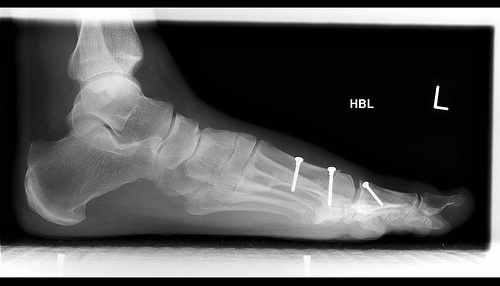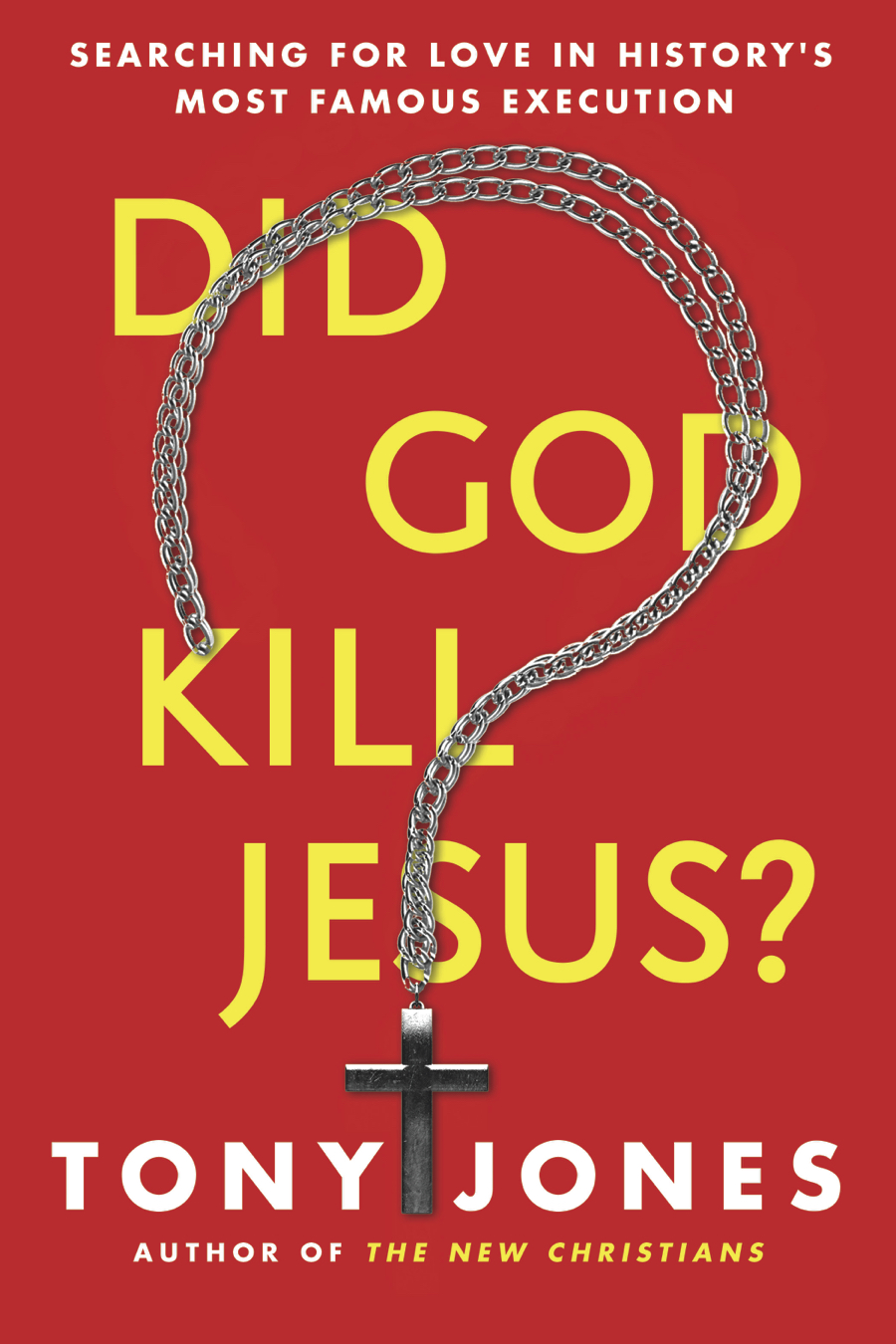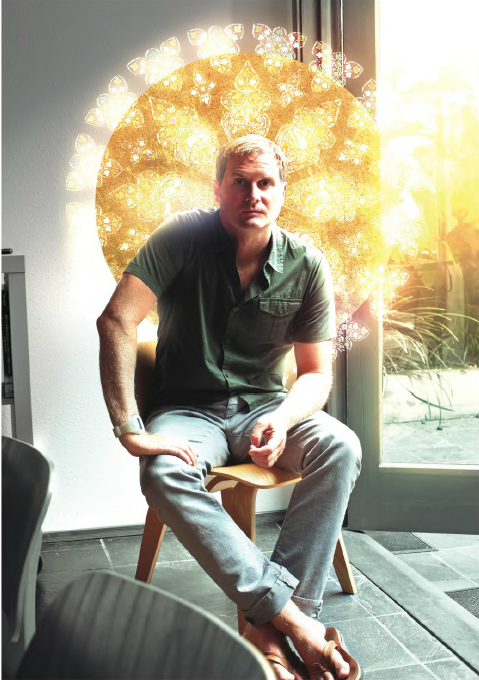I’ve been to Taizé twice, in France. Occasionally, Taizé goes on the road, as it did last weekend, to South Dakota. More specifically, the gathering was on Red Shirt Table, on the Pine Ridge Reservation, just miles from where I lived the summers of 1994, 95, and 96, in Manderson. I would have loved to participate, being that the gathering was a marriage of two of my favorite places in the world. But, alas, Taizé is not for me. It’s specifically for people under 35 — which I’m not — or faith leaders who were leading groups of people under 35 — which I’m also not.
Jason Micheli (subscribe to his blog!), however, is. He led a group of folks from his church in Virginia to SoDak last week, and, at my request, he sent this report:
Over the Memorial Day Weekend a few of us from my congregation joined between 1,000-1,500 pilgrims from around the world at for the Taize Gathering at Red Shirt on the Pine Ridge Reservation in South Dakota.
Taize is an ecumenical monastery in Burgundy, France. Every week the brothers of Taize welcome thousands of pilgrims to participate in the rhythms of their communal life, and once a year some of the more than 100 brothers take their ‘community’ somewhere else in the world for a pilgrimage gathering.
This year the brothers were invited by the Lakota nation to welcome pilgrims to Red Shirt.
Just as pilgrims do at Taize, we spent our time at Pine Ridge in worship (sung chants, sung prayers and a whole lot of silence) 3 times a day.
We shared simple meals of buffalo meat straight off the rez, and we shared our faith stories in small groups.
We listened to each other; in fact, listening was the primary reason we’d gathered. We camped in tents in a horse pasture and went, uncomplaining, without running water. For those few days at least, we did our best to approximate the simplicity and joy of what the New Testament refers to as the oikos: the ‘economy’ or household of God.
Our ‘sanctuary’ was a hollow carved out by the wind in the middle of the badlands. We sat in the prairie grass under the sun and stars.
Sunday night’s worship concluded with Taize’s traditional Prayer around the Cross. The cross is an icon of the Crucified Christ with water rushing out from his pierced side. For the prayer around the cross, the icon is taken out of its stand and laid on top of 4 cinder blocks so that it’s about a foot off of the floor and perpendicular to it. As the gathered sing, one by one, pilgrims approach the cross on their knees. Once they make their way to the cross, they place their forehead on the cross and pray.
The Prayer around the Cross is powerful to experience.
It’s just as powerful to watch so many approach the cross with devotion and seriousness. But it’s even more powerful to notice the patience and hospitality everyone affords one another during the prayer, for it can take a good long while for that many people to crawl to the cross and then pray on it.
Before the Prayer around the Cross on Sunday night, Brother Alois, the prior of Taize, invited us to place our burdens upon the cross, the burdens we suffer both personally and collectively ‘because,’ Brother Alois said in his simple yet incisive way, ‘Christ didn’t just suffer in the past. Christ still suffers today with us, with anyone who suffers in the world.’
His words hit me with converting clarity.
The prairie wind I felt blow across me could very well have been the Holy Spirit.
Because not one of us 1K pilgrims missed the clear, straight, connect-the-dots line he’d just drawn from the Crucified Christ to the all-but-crucified Lakota Indians on whose land we prayed.
When Brother Alois mentioned ‘collective suffering’ an accompanying illustration or further explanation wasn’t needed.
Sitting all around us were Lakota Christians, young and old, whose families had been herded like cattle onto a patch of land aptly named the badlands. Promise after promise made to them and treaty after treaty made with them had been broken- because why do you need to keep your word to cattle? There on the reservation unemployment is over 80% (just think what the average suburban street would be like with unemployment that high). As a result, alcoholism and hopelessness are nearly as high, and I can’t remember the last time I read a news story or heard a politician mention an Indian issue other than the name of a f&^*%$# football team.
We prayed that night just a stone’s throw from Wounded Knee, the site of massacre where a mass grave of over 300 innocents slaughtered by the U.S. Army little more than a hundred years ago. Afterwards the soldiers took gleeful pictures next to heaps of bodies of children and their mothers. Wounded Knee remains a festering wound of memory for the Lakota.
When Brother Alois mentioned the cross and collective suffering, we all knew what he meant.
And in one sense, nothing he said was revelatory or profound.
Yet here’s what hit me about what he said and from where he said it: the ‘traditional’ evangelical understanding of the cross, what theologians call ‘penal substitution,’ not only has nothing to say to people like the Lakota, penal substitution speaks no good news to them because it simultaneously privileges people like me.
Penal substitution is an understanding of the atonement ideally suited for oppressors and people who benefit from oppressive systems.
On the pop level, penal substitution is the understanding of the cross that says ‘Jesus died for you.’
For your sin.
Jesus died in your place. Jesus died the death you deserve to die as punishment for your sin.
Jesus is your substitute.
He suffered (suddenly I realize how the past tense is key) the wrath God bears towards you.
On the purely theological level, I’ve always had a problem with penal substitution. Quickly: penal substitution seems to make God’s wrath more determinative an attribute than God’s loving mercy. It easily devolves into a hyper individualistic account of the faith (me and God). God the Father comes out, at best, seeming like a petulant prick who bears little to no resemblance to the Son, and, at worse, the Father seems captive to his own ‘laws’ of righteousness, honor, wrath and expiation.
Forgiveness, it’s always seemed to me, shouldn’t be so hard.
And shouldn’t require someone to die.
I’ve always had my theological gripes with that way of understanding the cross, but when I heard Brother Alois introduce the Prayer around the Cross the this-world, moral deficiencies of penal substitution hit me like a slap across the face.
Saying Jesus Christ died for you, for your sin, for your sin to be forgiven is good news to… sinners.
But what about the sinned against?
What we flipply call ‘Amazing Grace’ is good news for wretches like Isaac Newton. For slave-traders and slave-masters. Thanks to the cross, they’re good to go. Their collective guilt and systemic sin…wiped clean by the blood of the cross.
Hell, we might as well continue in those sinful systems because what matters to Christ isn’t our collective guilt but our individual hearts.
Yet what about those whom the ‘wretches’ made life an exponentially more wretched experience? What about the millions of others whom those wretches, who’ve been found by this amazing grace, treated like chattel?
At the Lord’s Supper we proclaim that Christ came to set the captives free, yet we persist in an understanding of the cross that bears zero continuity with that proclamation. We spiritualize and interiorize gospel categories like ‘suffering’ and ‘oppression’ and ‘deliverance.’
Because it suits us.
Because we are ourselves are not oppressed, have no actual desire to be delivered from our ways in the world and suffer only the affliction of the comfortable.
Penal substitution, I realized upon hearing Brother Alois’ words, makes the mistake of acting as though Jesus of Nazareth is the only one to ever be strung up on a cross of shame and suffering.
Sure, every single, last Lakota gathered with us was, on an individual level, a ‘sinner.’ Just as surely to focus so singularly misses the larger issues, for the Indians praying with us at Red Shirt have been sinned against by us actively for centuries and they are now sinned against by our cynical indifference.
To suggest the primary meaning of the cross is that Christ died for their oppressors’ sins is to perpetuate, in a very real way, their suffering.
If Jesus wept over Jerusalem, I’ll be damned if he doesn’t weep over a place like Pine Ridge. And if he called the Pharisees ‘white-washed tombs’ for turning a blind eye to Rome’s oppressive systems, I wonder what he might call us?
On my knees in the hollow that was our sanctuary and hearing Brother Alois’ words as they struck the ears of Indians along with mine, I realized that Christ doesn’t die for us so much as Christ dies as one of us. With us.
In solidarity with those who’ve suffered like him at the hands of empire and indifference.
Location, location, location. Real estate can make you hear the gospel with different ears — that’s what I realized at Pine Ridge.
The cross, I realized at Pine Ridge, is the opposite of good news unless it is today what it was for the first Christians: a symbol of protest, a demand for and a sign of an alternative to the world’s violence, a declaration that Christ not Caesar is Lord.
The primary message of the cross for someone like me, then, isn’t that God’s grace has saved a wretch like me though it can include that message.
No, the primary message of the cross is that it’s a summons to suffer, as Christ, for those whom the world makes life wretched.
Rather than Jesus being the answer, the solution to our selfishly construed problem, Pine Ridge has left me believing that the Cross is meant to afflict us with the right nightmares.











